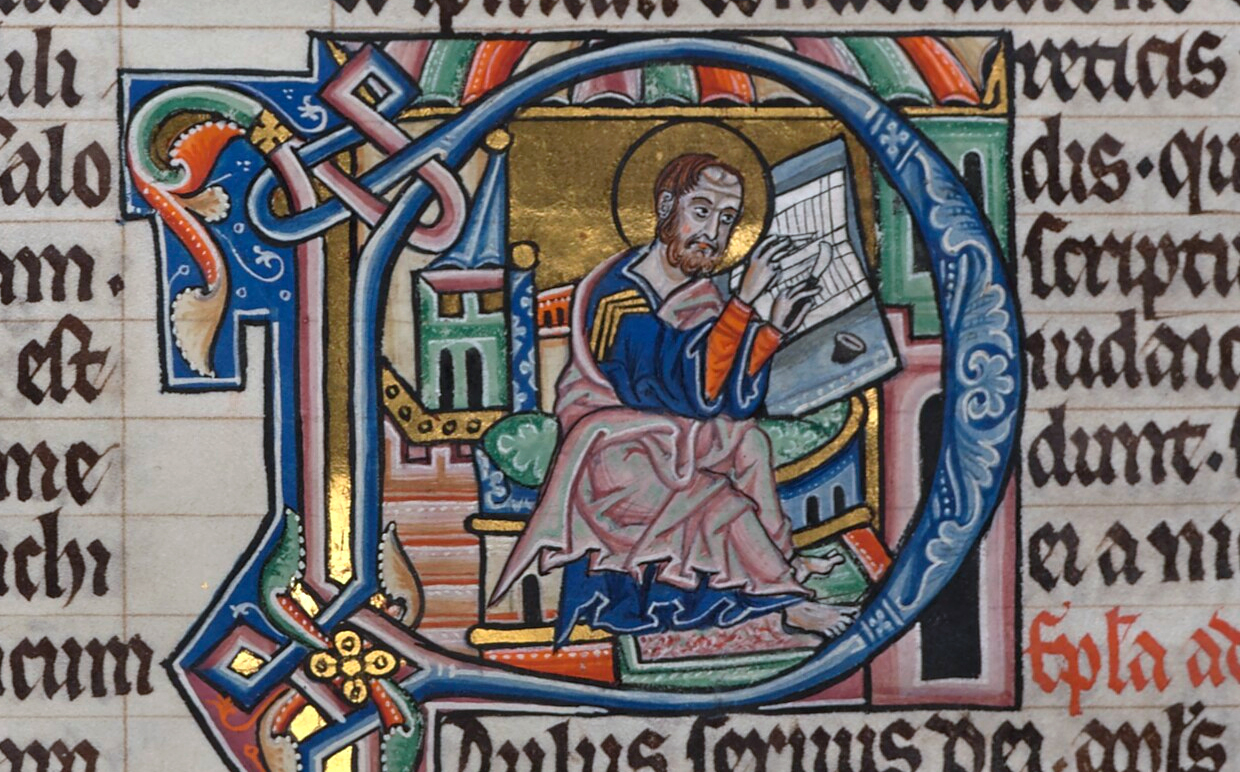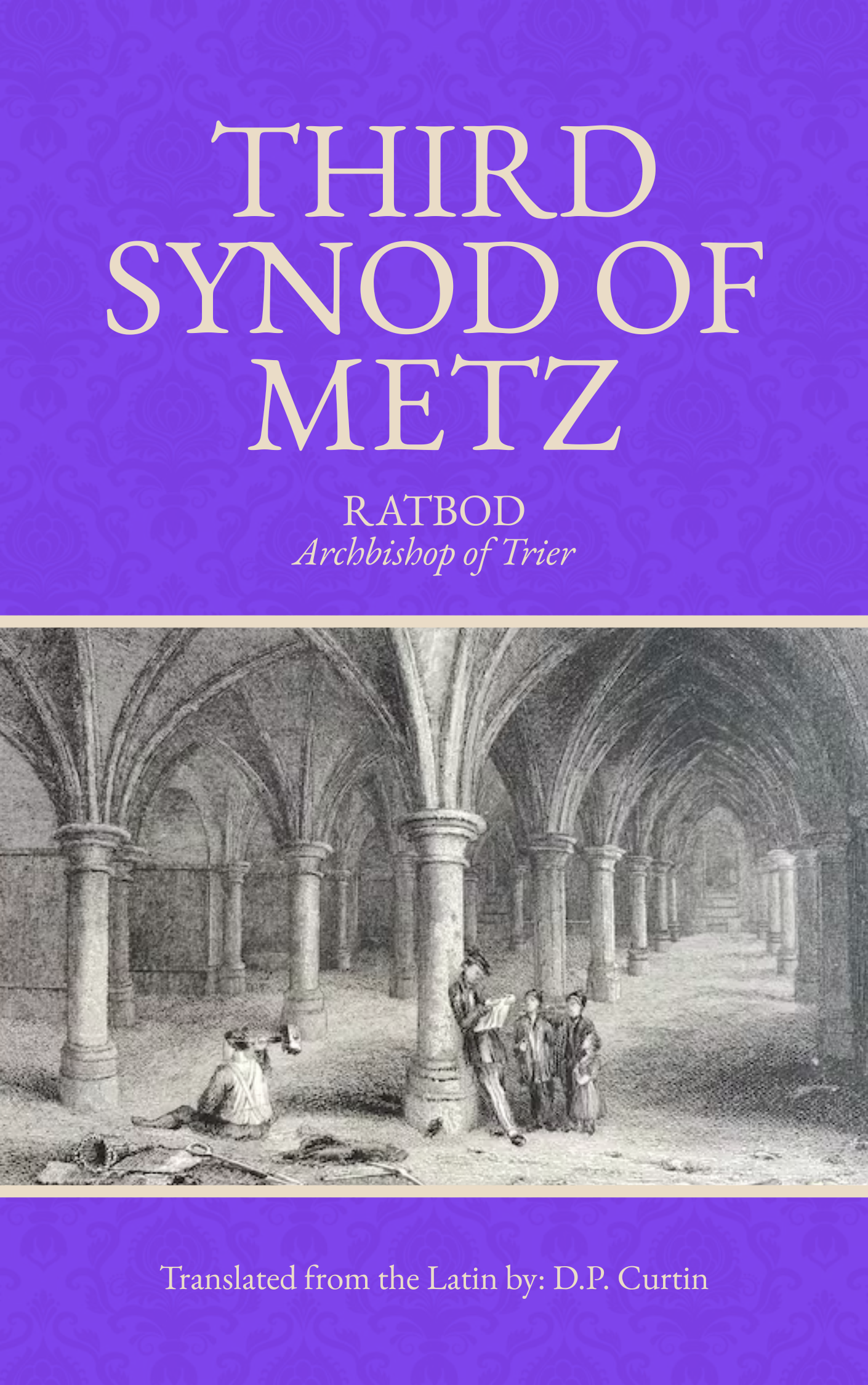

Apr. 7th 2025
PENITENTIAL BY THEODORE OF TARSUS

Apr. 6th 2025
THE THIRD SYNOD OF METZ: 863 AD
The Third Synod of Metz, convened in 863, was a pivotal event in the Carolingian Empire, primarily addressing the contentious divorce case of King Lothar II of Lotharingia.Lothar sought to annul his marriage to Queen Theutberga, accusing her of incest and seeking to marry his concubine, Waldrada.The synod, heavily influenced by Lothar's supporters, ultimately sided with the king, annulling his marriage to Theutberga. However, this decision was later overruled by Pope Nicholas I, who deemed the synod's proceedings unjust and excommunicated the participating bishops.
The synod was predominantly attended by bishops from Lotharingia (Lorraine), with notable absences from critics like Hincmar of Rheims.Theutberga was also absent, likely due to inadequate invitation. Papal legates present were allegedly bribed, compromising the synod's impartiality. The synod annulled Lothar's royal marriage to Theutberga, permitting him to marry Waldrada, as he had requested. This decision was heavily influenced by Lothar's dominance over the proceedings.
Ultimately, Pope Nicholas I condemned the synod's decision as unjust, labeling it heretical. He criticized the synod's composition and the lack of a fair trial for Theutberga. Archbishops Gunther of Cologne and Theutgard of Trier were excommunicated and deposed for their roles in the biased proceedings.Pope Nicholas I threatened other participating bishops with excommunication unless they publicly accepted his judgment.
The Third Synod of Metz serves as a historical example of the complexities involved in medieval church-state relations, especially concerning marital disputes and papal authority.